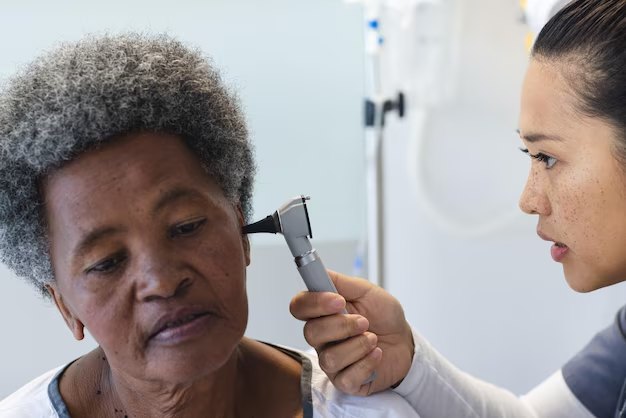Discover How to Correct Blurred Vision From Diabetes
Living with diabetes is a journey filled with challenges, and blurred vision is a common, yet concerning, symptom many face along the way. If you or a loved one grapples with this, you may wonder: Can diabetes-related blurred vision be corrected? The good news is, often, it can. However, understanding the underlying causes and knowing the right steps to take is crucial.
Understanding Diabetes and Vision
Diabetes can affect the eyes through various mechanisms. The primary culprits include:
- High blood sugar levels leading to swelling in the lens, causing temporary blurred vision.
- Diabetic Retinopathy, a condition where blood vessels in the retina are damaged.
- Elevated blood glucose levels causing changes in the vitreous gel of the eye, potentially leading to more severe issues like a detached retina.
Correcting Blurred Vision Due to Diabetes
Manage Blood Sugar Levels
The first step in correcting blurred vision often involves stabilizing blood sugar levels. Consistently high sugar levels can wreak havoc on your body, so managing your diet, medication, and closely monitoring blood sugar can significantly help in reducing vision problems.
Regular Eye Check-Ups
Routine visits to an eye specialist are essential. An ophthalmologist can detect early signs of diabetic eye disease and recommend treatments such as:
- Laser surgery for preventing further vision loss due to retinopathy.
- Injections to stop abnormal blood vessel growth.
Lifestyle Adjustments
A few lifestyle adjustments can play a crucial role in managing diabetes and its symptoms:
- Healthy Diet: Focus on a balanced diet rich in vegetables, fruits, lean proteins, and whole grains.
- Regular Exercise: Helps control weight and blood sugar levels.
- Avoid Smoking and Limit Alcohol: Both contribute to eye health deterioration.
Financial Aid for Diabetes Management
While managing diabetes and associated eye health, financial constraints can be a burden. Several programs exist to provide assistance:
Government and Non-Profit Programs
- Medicare/Medicaid: These programs can help cover eye examinations and treatments.
- American Diabetes Association: Offers resources and guidance on accessing financial aid.
Educational Opportunities
Pursuing education on diabetes management can be empowering and cost-effective in the long run:
- Online Courses: Platforms offering courses on diabetes care at reduced rates or even for free.
- Community Workshops: Local health organizations often provide educational sessions.
Practical Financial Resources
Consider exploring these resources to support healthcare costs:
- 📋 Medicare and Medicaid: Coverage for eye health services for eligible individuals.
- 💼 Flexible Spending Accounts (FSA)/Health Savings Accounts (HSA): Use pre-tax dollars to pay for qualified medical expenses.
- ✅ Diabetic Supply Assistance Programs: Organizations that offer free or discounted diabetes supplies.
- 🏦 Credit Care Programs: Health-specific credit cards for managing high out-of-pocket costs.
- 🎓 Local Community Colleges: Often offer affordable health education workshops.
By taking a strategic approach to managing diabetes-related vision issues through medical, lifestyle, and financial support, you can take control of your health and improve your quality of life. Consider reaching out to healthcare providers and financial advisors for personalized guidance on navigating these options.
